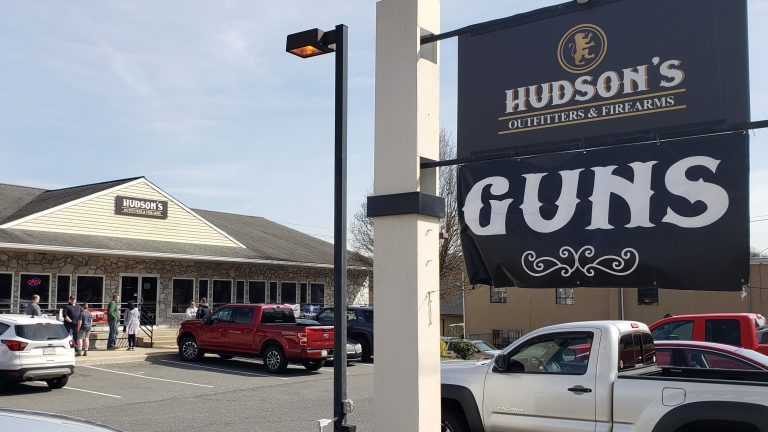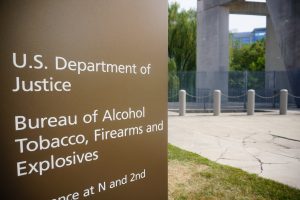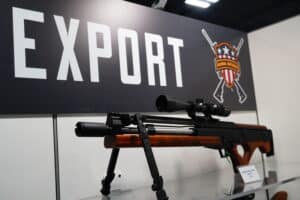President Joe Biden recently promised to make a significant dent in the rising murder rate using a simple tactic: going after bad gun dealers.
“Today the [Justice] Department is announcing a major crackdown to stem the flow of guns used to commit violent crimes,” he said at the end of June before doubling down on the idea in a CNN town hall this week. “It’s zero tolerance for gun dealers who willfully violate key existing laws and regulations. And I repeat, zero tolerance. If you willfully sell a gun to someone who is prohibited from possessing it, if you willfully fail to run a background check, if you willfully falsify a record, if you willfully fail to cooperate with inspections, my message to you is this: We will find you.”
This all sounds reasonable in theory. And, in fact, USA Today recently reported on a number of cases where licensed dealers were illegally running guns, and ATF agents failed to properly follow up on red flags when they should have. So, the industry and the agency that regulates it aren’t perfect.
The problem is, there’s no evidence this is a widespread problem. Or that it’s driving the recent murder surge. The evidence we do have indicates bad gun dealers or lax ATF enforcement probably aren’t driving the surge.
First off, we have data on how long it usually takes for a gun to make it from a sale by a licensed dealer to a crime scene. It’s generally more than eight years. In the most recent report, it was 8.29 years.
Some people do run guns. Sometimes they move quickly from sale to crime. But that isn’t common and it isn’t new. The ATF is already aware of this kind of red flag for trafficking and already monitors those trends.
Second, criminals have repeatedly told researchers they don’t tend to buy their guns from licensed gun dealers. Instead, they get them from friends, family, or illegal street dealers. The University of Chicago found fewer than 1 percent of inmates surveyed reported buying a gun from a licensed dealer.
If this all sounds familiar, it should. These are the same reasons why it doesn’t make sense to argue, without new evidence, that record gun sales are driving the murder spike. Thus far, the only study looking at whether firearms violence was driven by firearms sales found no connection.
This tactic of blaming gun dealers and ATF enforcement for rising gun crime is similar to politicians promising to clean up fraud and waste when talking about how they’ll fund their latest spending proposal. Most times, even if you eliminated all of the fraud and waste in a given government spending program, it wouldn’t balance the budget because fraud and waste aren’t the actual problems that drive deficit spending. The same is true for bad gun dealers and the recent rise in murders.
The murder surge is a complicated issue likely driven by a number of factors. There are a lot of theories, and some are more reasonable than others. But the reality is we won’t know for sure what is driving the violence and how to stop it until we have better evidence to draw conclusions from. It’s important to remain open-minded to possible answers, but if the answer is a sudden reversal of several long-term trends, we’ll need to see a lot of solid evidence that’s actually the case.
Scapegoating the gun industry and the ATF is an easy answer to the complex problem of how to bring the murder rate back down. But it doesn’t stand up to scrutiny.






